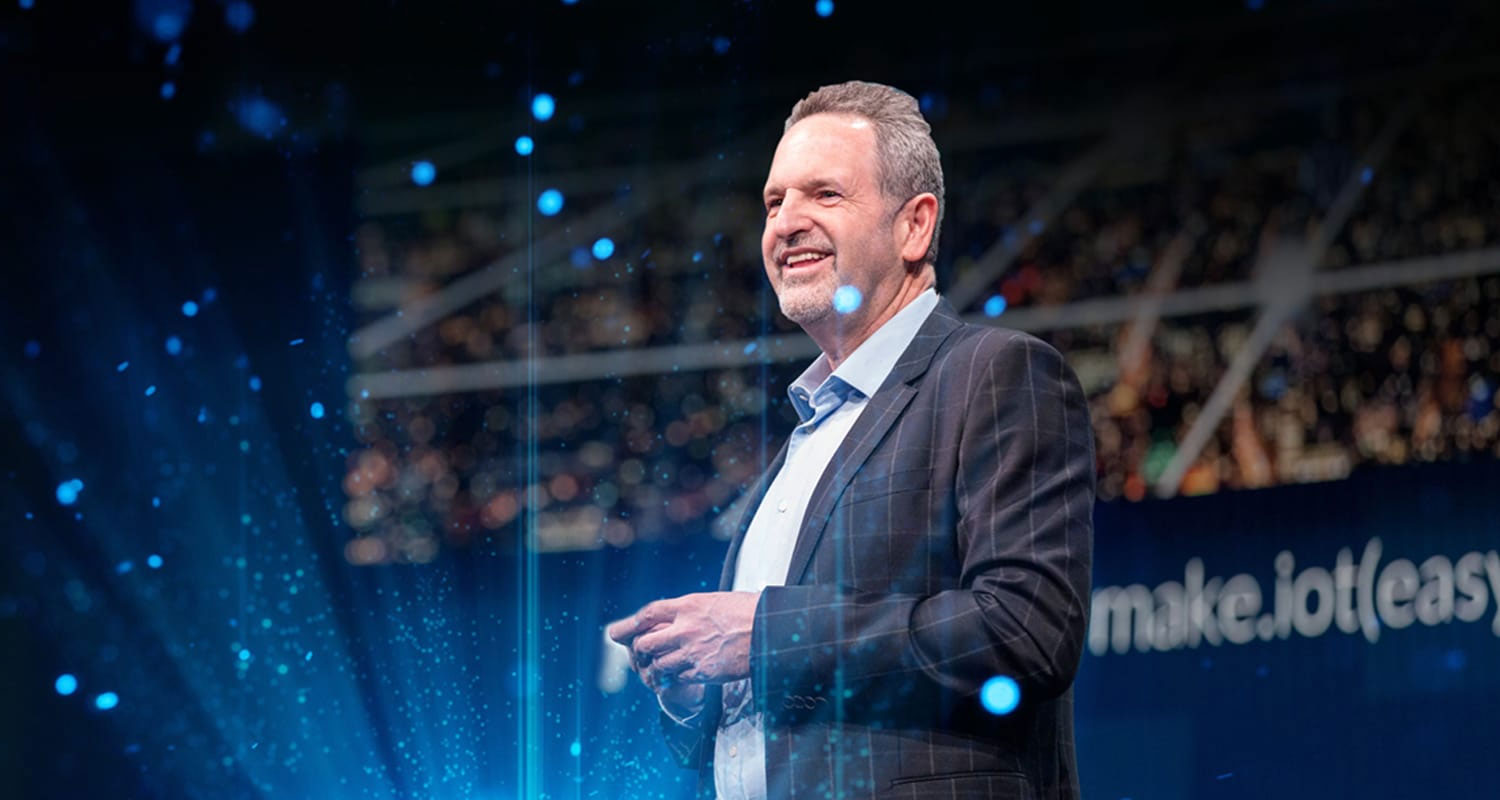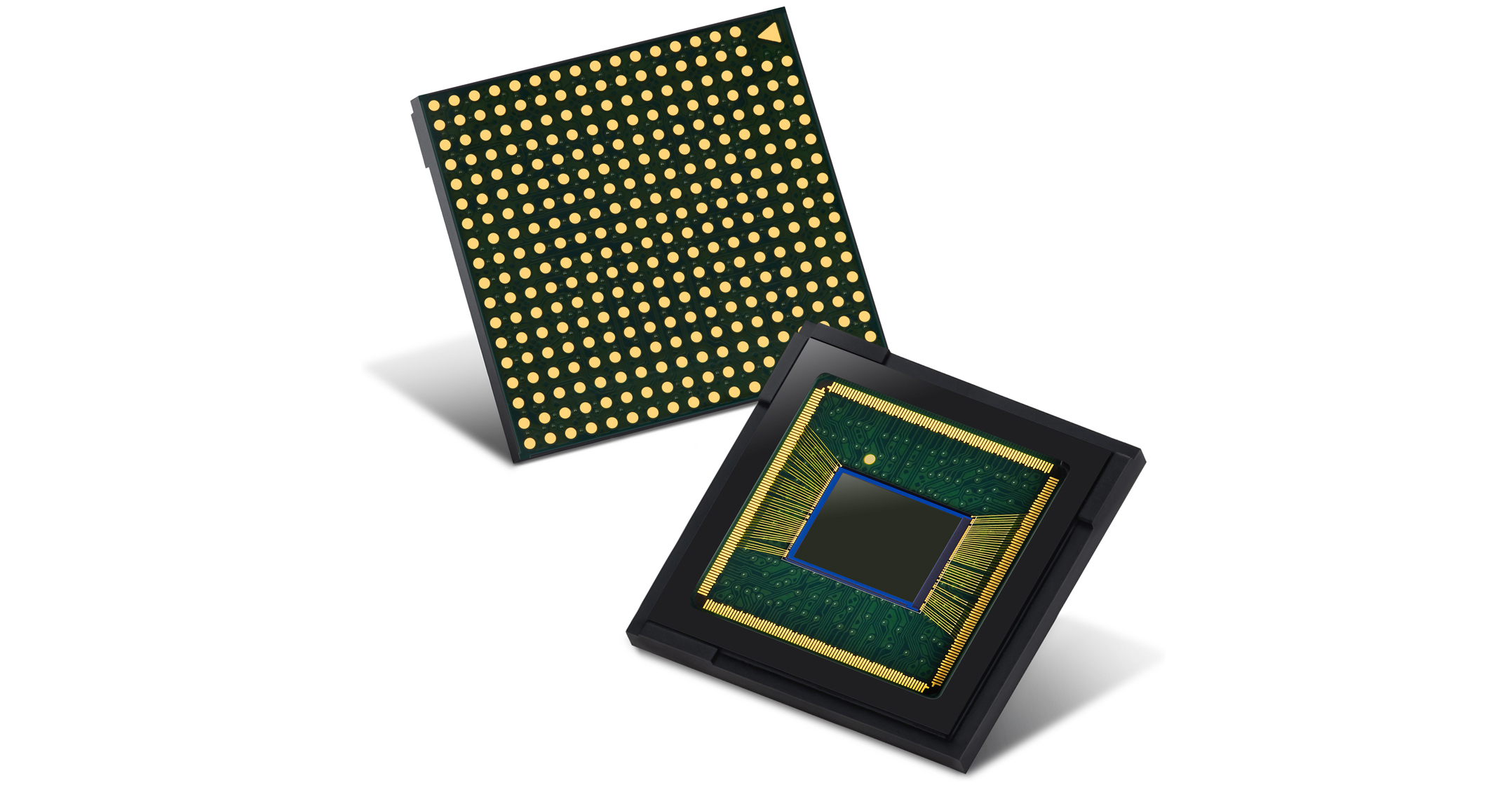
ARM CEO Rene Haas has a formidable to-do list to go with his new job. Haas, 59, was promoted to the top post at the UK’s biggest tech company on Tuesday after its owner, Japan’s SoftBank Group, announced that its proposed sale to Nvidia has been abandoned. His predecessor, Simon Segars, is resigning for personal reasons.
SoftBank said ARM will now proceed with an initial public offering instead of the sale. ARM is currently planning to go public in the US, according to people familiar with the matter, asking not to be identified because the matter is private.
Ending a troubled sale process that’s kept the chip designer mired in uncertainty will help refocus the company, Haas said in an interview. While ARM has financially never performed better, his first challenge is to fire up its employees.
“It’s going to be taking a company that’s been in stall mode because of the Nvidia acquisition and getting us reinvigorated to move forward,” Haas said in the interview. “It’s been hard for employees at many companies and then you layer on the uncertainty we’ve had.”
Haas finds himself atop one of the most important firms in the US$500-billion semiconductor industry. ARM’s designs and technology are ubiquitous, playing key roles in everything from the most powerful data centre chips to Apple iPhones and right down to tiny sensors used in home appliances. Silicon demand surged during the pandemic, triggering supply shocks that have shaken various industries and emphasised the need for governments to secure the vital electronic components that power manufacturing, communications and trade.
The Nvidia takeover, which would have been the biggest acquisition in the chip industry’s history, was terminated after both sides decided that growing regulator opposition around the world would make it difficult to get approval. Much of that government pressure was stoked by ARM’s powerful customers, a group that includes the likes of Qualcomm, Google, Apple and Samsung Electronics, who were concerned that Nvidia would restrict their access to technology they regard as crucial.
‘Nothing but complaints’
“The deal has been the subject of nothing but complaints from almost the instant it was announced with numerous regulators voicing opposition as well as howls from many other ARM licensees,” Stacy Rasgon of Bernstein wrote in an investor note.
Repairing relationships with those customers and dissuading them from exploring alternatives — such as Risc-V, which is gaining ground in China — will be close to the top of the list of Haas’s priorities as ARM and SoftBank move toward a public share sale next year. SoftBank shifted its strategy for cashing in on its 2016 acquisition of ARM back to an IPO, reverting to a plan that existed before Nvidia’s September 2020 agreement.
Haas, the first American to run the Cambridge-based company, joined from Nvidia in 2013 as vice president for strategic alliances before being promoted to president and head of its intellectual property business in 2017. He also spent time in China for ARM, giving him first-hand experience of another thorny issue for the company’s leadership.
The chip designer started a joint venture with Chinese investors to help spread the use of its technology in the largest market for semiconductors. The head of the resulting ARM China, chairman and CEO Allen Wu, was fired by the board in 2020 for conflict of interest. But he’s refused to leave and continues to run day-to-day operations. Wu and ARM are now involved in lawsuits over ARM appointees that he fired as well as an attempt to assert his legal right to continue in his position.
 “Now that the Nvidia acquisition has been dropped, it gives us a little bit of clear air to resolve that situation,” said Haas. “We will get a result because China is a very important market.”
“Now that the Nvidia acquisition has been dropped, it gives us a little bit of clear air to resolve that situation,” said Haas. “We will get a result because China is a very important market.”
Haas said despite the drama surround Wu, the joint venture has performed well, increasing revenue and profits.
ARM’s technology is essential to China’s effort to make itself less reliant on overseas technology. That has made the firm, along with other chip technology providers, a target for the US government in the trade war between the world’s two largest economies. ARM has design teams in the US, where Haas is based, making it subject to export controls despite its status as a UK company owned by a Japanese corporation.
Departing CEO Segars was one of ARM’s first employees and worked his way up through the ranks to take the top job in 2013. His mandate from SoftBank chief Masayoshi Son was to grow ARM as quickly as possible, focusing on hiring and adding new capabilities rather than on the bottom line. That gave him licence to report losses that would have incurred the wrath of public investors focused on quarterly reports.
I think our growth prospects have never been better. The business has never been healthier
Now, as ARM gears up for an IPO early next year, Haas will have to chart a more careful balance between spending for growth and improving profitability. Many of his CEO peers have complained about wage inflation amid a war for talent among not only traditional chip makers but companies such as Apple and Google that are ramping up their internal custom silicon efforts.
Haas said that he’s already been making decisions — such as cutting less important business lines — that are consistent with the discipline shown by a publicly traded company. Despite the uncertainties around its future that have been lurking for the past year and a half, the company is much bigger and more successful than it was when it was bought by SoftBank.
“I think our growth prospects have never been better,” he said. “The business has never been healthier.”
ARM provides designs that are the basis of the main chips that run the majority of the world’s smartphones. It’s increasingly being used by companies such as Amazon.com to create bespoke data centre processors and many of the chips powering the electrification and connectivity of modern cars also rely on it.
Beyond selling designs to the likes of Qualcomm to use as the basis of their products, ARM also licenses the right to use its instruction set, the fundamental code used by software to communicate with hardware, to companies who design their own chips. The Apple Silicon division, which creates the semiconductors powering iPhones and Mac computers, uses ARM’s technology. — (c) 2022 Bloomberg LP

